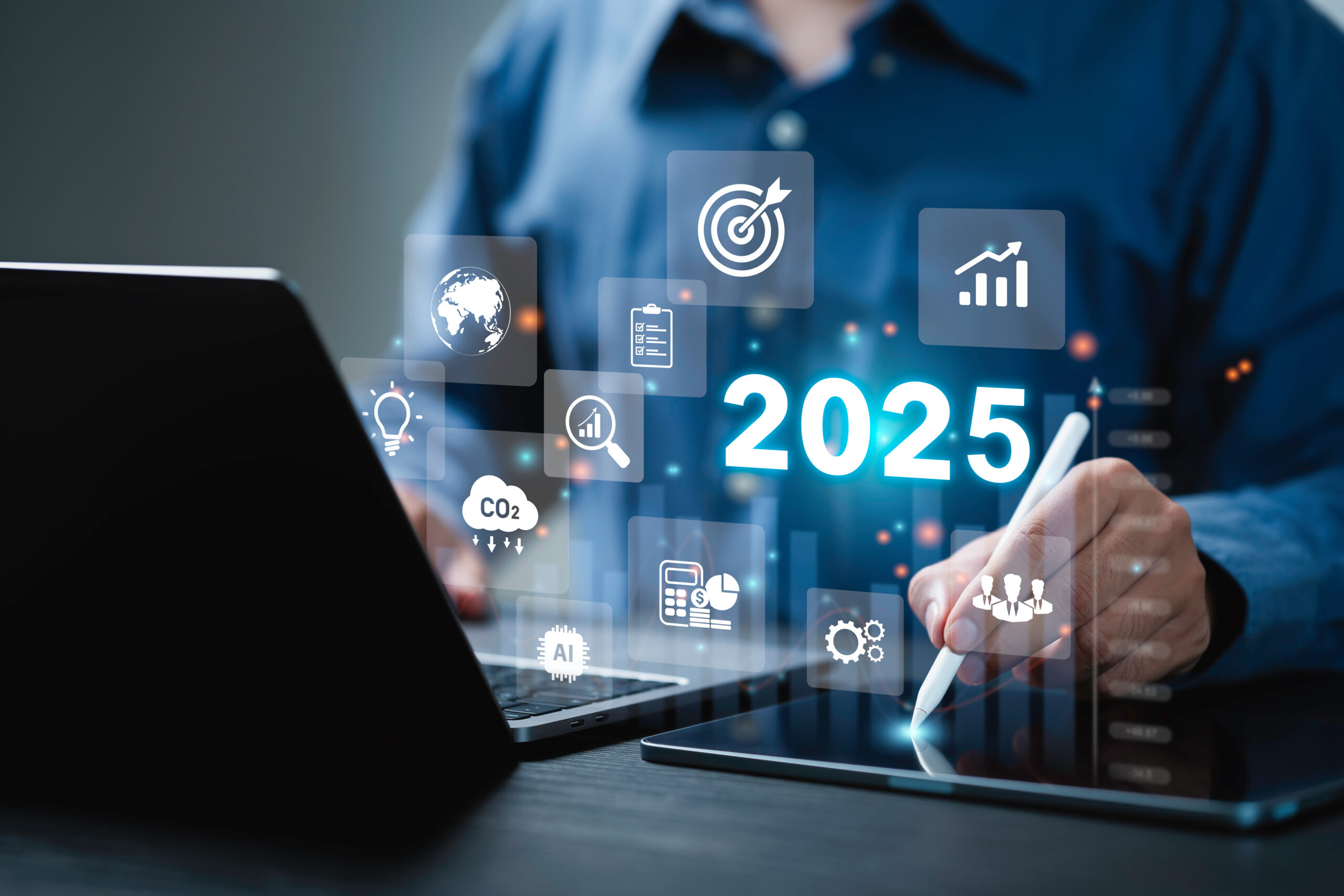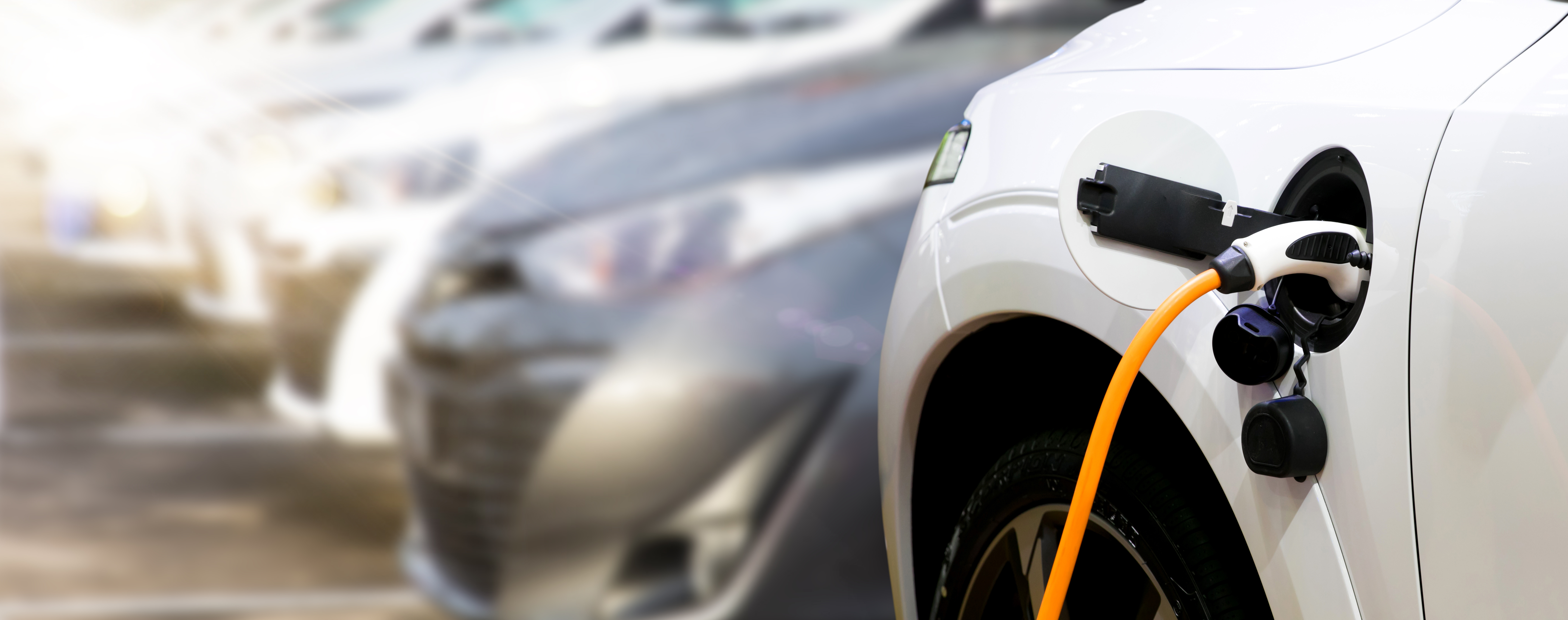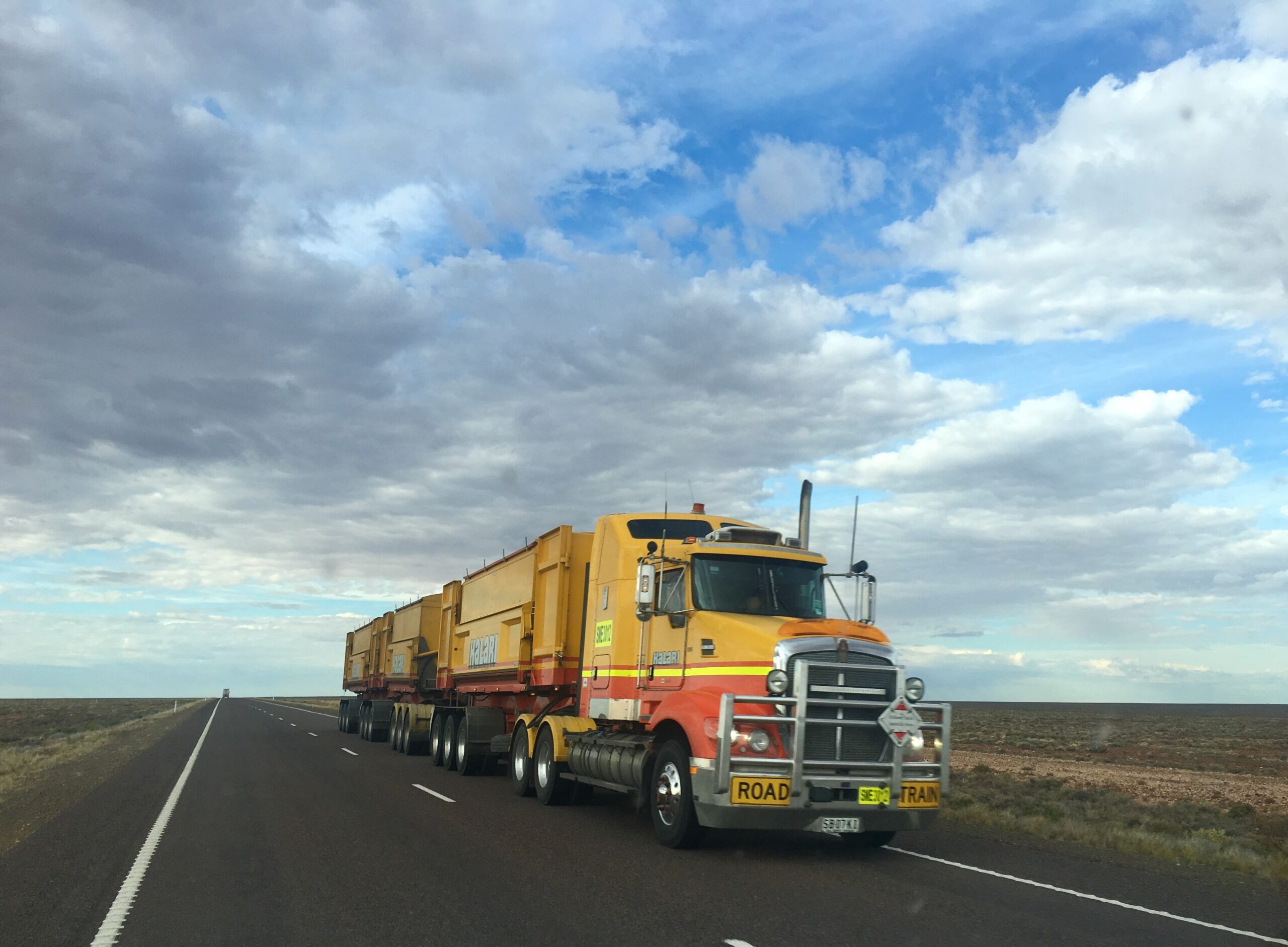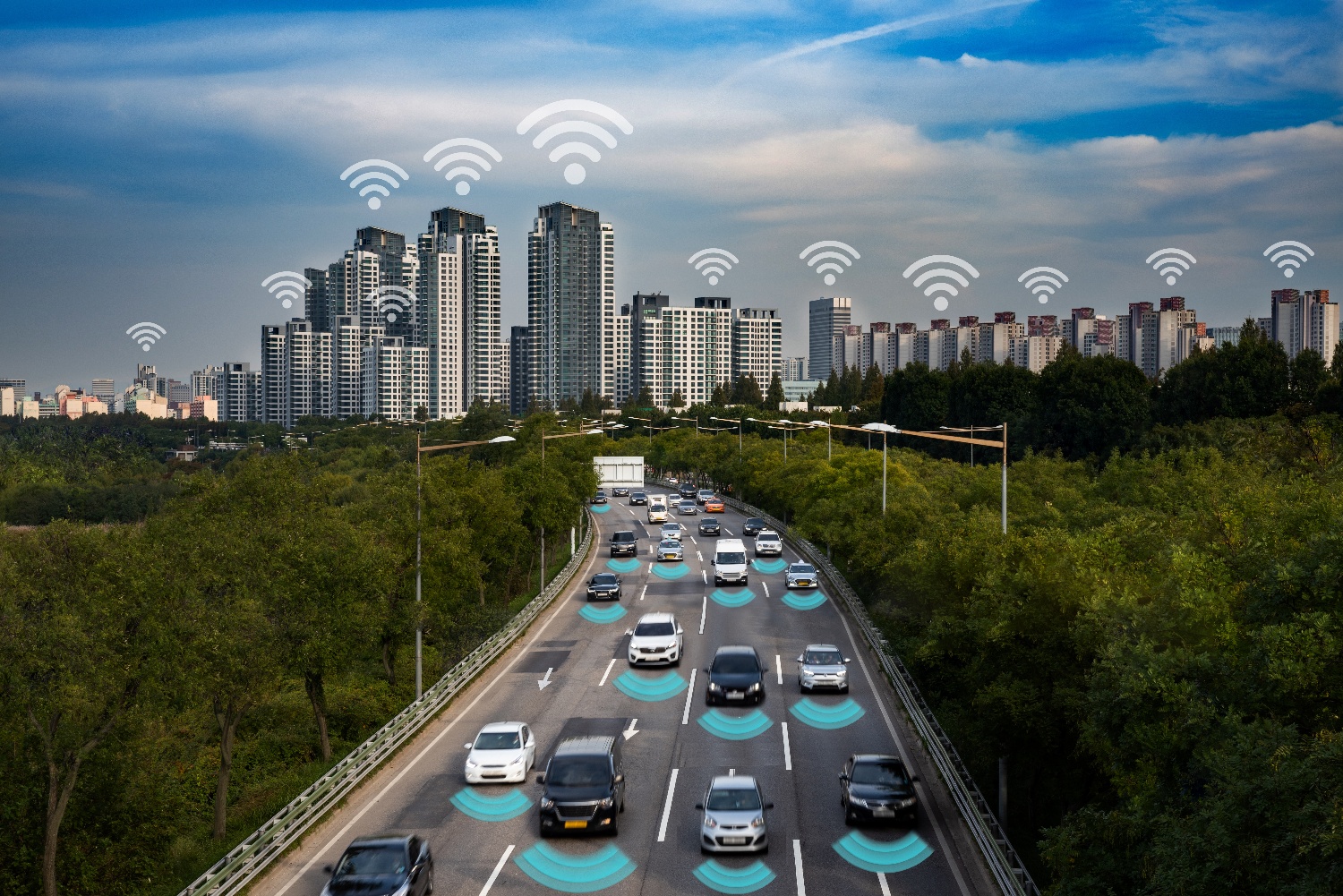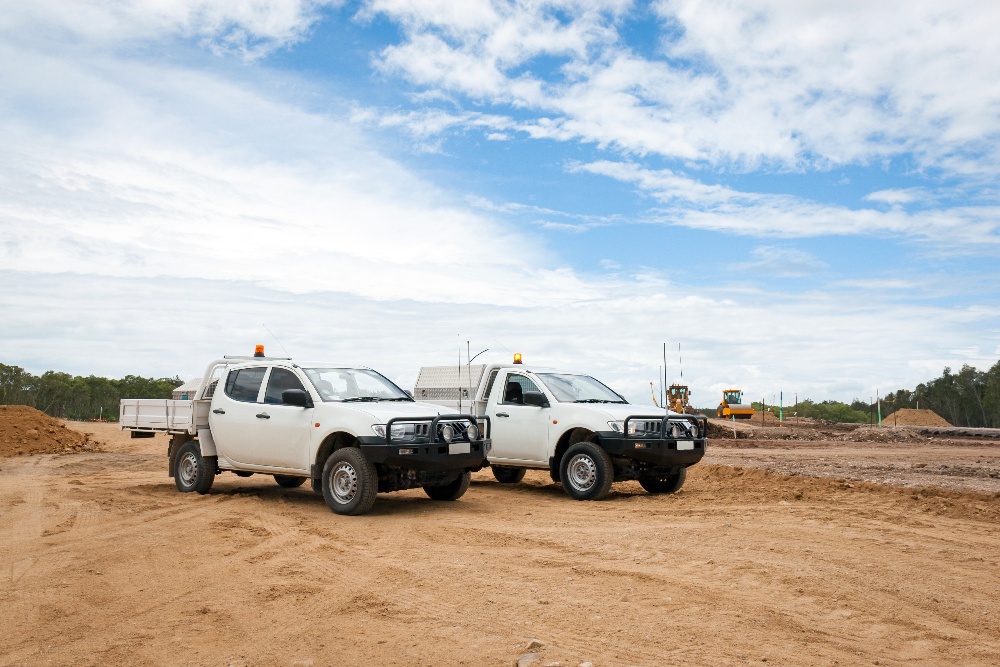Our CSO and VP of OEMs recently visited us from Canada to discuss the future of telematics and the connected vehicle industry.
Last week we were lucky enough to have Sandeep Kar, CSO, and Junior Barrett, VP of OEMs (Original Equipment Manufacturers) join us for a whirlwind trip in Australia. They were here to discuss the megatrends that are shaping the connected fleet and IoT industry over the next 2018-2025 period. In a brief tour of Sydney and Melbourne they met with key contacts to help build the relationships between Fleet Complete and our Channel Partners.

Sandeep Kar, CSO
Sandeep is a global thought leader in the commercial vehicle industry. He leads corporate strategy at Fleet Complete with a mission of developing the company as a leading global provider of IoT solutions with the widest array of commercial vehicle industry eco-system partners. Sandeep works closely with automotive OEMs, suppliers, regulators, legislators, financial industry, and fleets in developing strategic partnerships.

Junior Barrett, VP of OEMs
Junior is a seasoned professional when it comes to the connected vehicle strategy and implementation, and possesses a well-honed acumen of 23 years in building and developing synergistic relationships. He came to Fleet Complete from Connexion Media, a supplier of global software products and services to web-connected vehicles, where he was CEO. His range of work also includes contributions to General Motors’ infotainment business unit, delivering seamless device integration in vehicles, and its OnStar Division for in-vehicle communication systems.
Here are some of the megatrends that are shaping the connected fleet and IoT industry over the 2018-2025 period.
ELECTRIC MOBILITY
Electric vehicles (EV) will enable businesses to reduce fuel costs and emission footprint. Electric mobility will require a new innovative infrastructure (e.g. charging stations, battery replacement, supply chain) together with advanced connectivity models, which, in turn, will create new opportunities for many industry participants. With a wider adoption of EVs in the future, we will also see tax reductions, as electric kilometers driven will replace petrol/gasoline (fuel) tax that is levied on the commercial transportation industry as a duty for road use.
AUTONOMOUS MOBILITY
Autonomous mobility will enable businesses to leverage driverless vehicles (or reduce driver involvement) that, in turn, will increase safety in vehicle operations by removing the human error factor. Currently, there are driver shortages all over the world, and with autonomous mobility and telematics, we will be able to address this by remotely operating and geolocating vehicles any time anywhere.
RIDE SHARING
With the need of owning “things” becoming less and less prominent (as we rent everything from phones and tablets to vehicles and offices), ride sharing will become the future of vehicle ownership for people, businesses and communities. With the use of telematics and designated mobile apps, we will have an on-demand access to a range of vehicles for personal and business use that will help reduce urban pollution and congestion whilst, at an individual level, gaining savings in fuel and maintenance costs.

FREIGHT DIGITISATION
Referred to as Uber for trucks, freight digitisation will enable shippers to find carriers instantaneously and at more affordable rates than using freight brokers. Telematics will be utilised to determine available load capacity, trailers’ ambient temperature, routes and destinations. This will help minimise the number of vehicles on the road, as with greater purview of information, vehicles will be travelling at full load capacity, creating a more optimised dispatch of mobile resources.
BRICKS-N-CLICKS (online shopping/e-tail)
Today, customers are demanding faster delivery of goods and services that they purchase through online shopping and e-tailing channels. Whether that be ‘same day’ or ‘next day’ delivery, this demand is going to grow stronger with the onset of ‘within-an-hour’ delivery. This is creating a market for vehicles and associated technologies that enable faster turn around, whether that be through the foresight of available parking, traffic and congestion avoidance, or autonomous technology. Those businesses that are able to adapt quickly will be the ones to profit, where as customers will be the ultimate beneficiaries in the long term.

DRIVER HEALTH, WELLNESS & WELLBEING
Commercial vehicle drivers are getting older (with an average age is 45+) and are facing multiple issues related to unhealthy working conditions (long hours of driving, poor eating habits, lack of exercise). The advent of technologies that can monitor key driver health parameters (e.g. blood pressure, temperature) will assist in the early detection of impending ailments and thereby reduce the chances of health-related downtime. A healthier environment for workers will not only improve the image of trucking but also attract younger people towards the industry.
These salient megatrends for telematics are going to revolutionise how future fleets will work efficiently and effectively together to create a safer, more cost-effective, and environmentally friendly commercial industry. The possibilities are just about endless.





